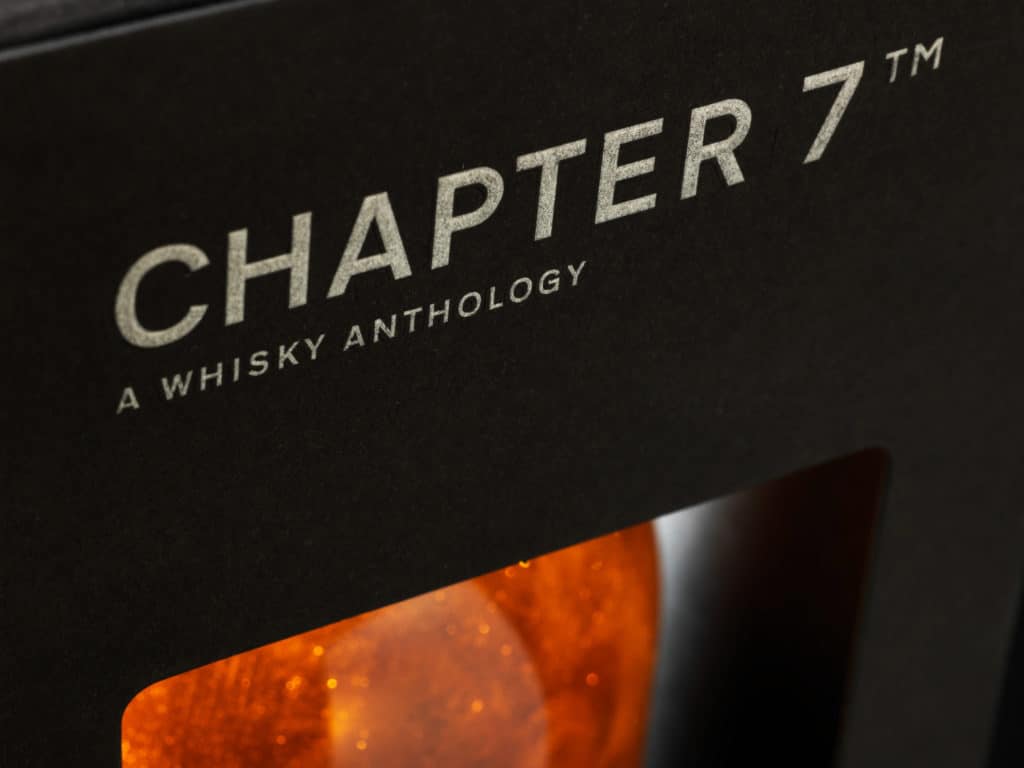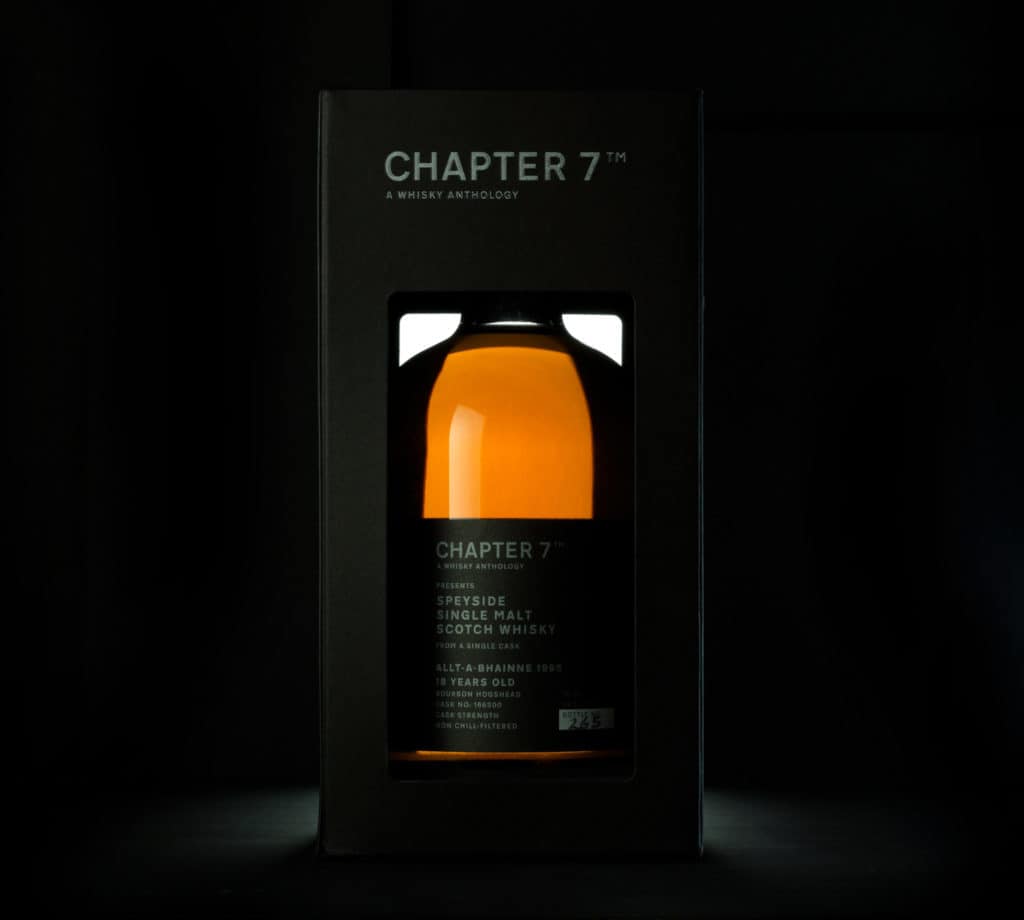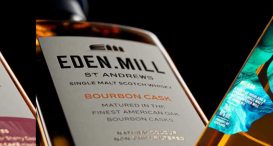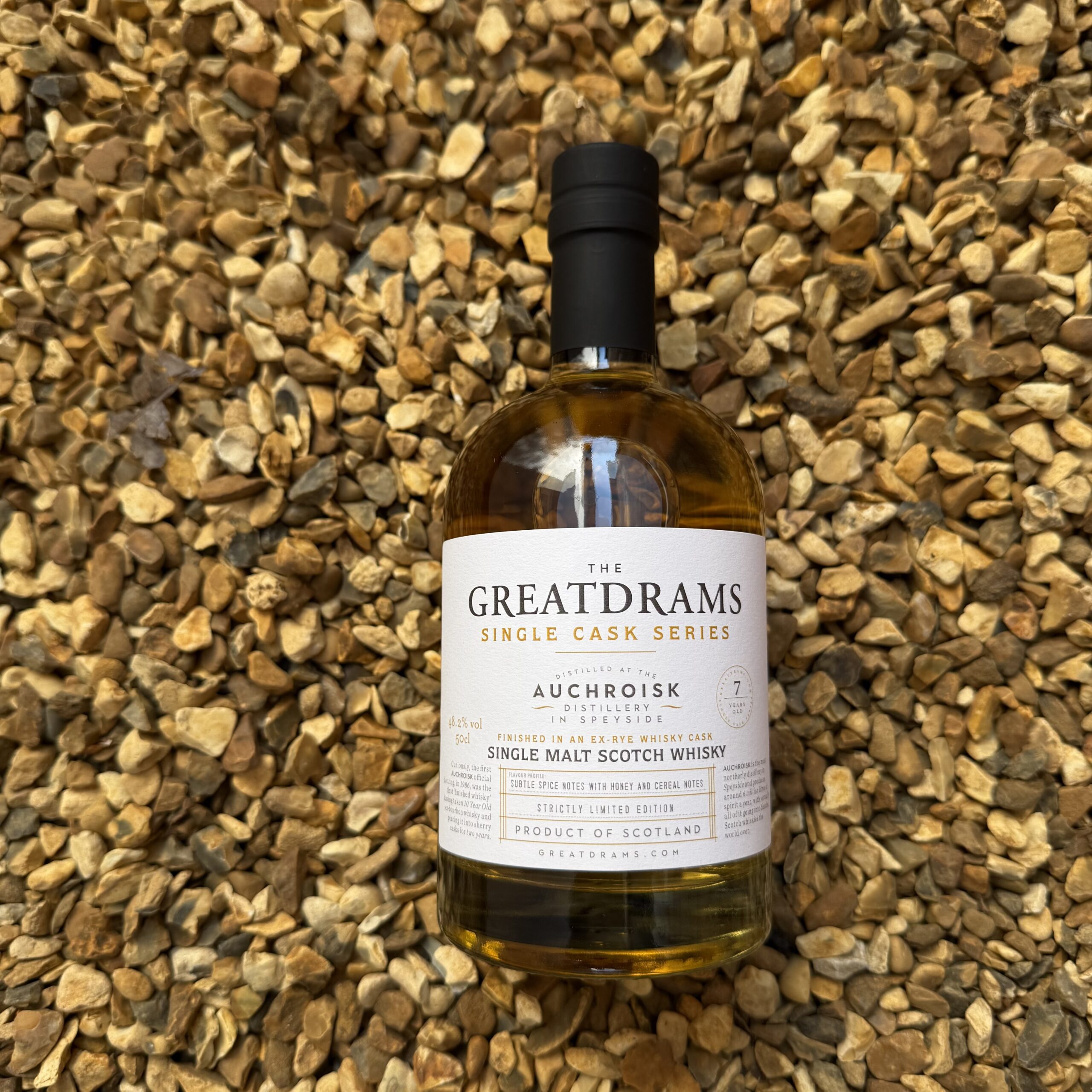Interview: Selim from Chapter 7
let’s begin
Always keen to hear about new bottlers and innovators, especially those with superb packaging and a lovely brand tone of voice, I caught up with Selim from Chapter 7 to see how things were going...
I guess it would be handy for readers to understand what your role and day-to-day responsibilities are at Chapter 7 Whisky?
Selim: My role at Chapter 7™ covers absolutely everything! Actually, Chapter 7™ is a one-man company with certain aspects of the business outsourced to capable partners covering different parts of the process. I place myself in the center of this web and try my best to cover everything from brand related activities to sourcing, bottling, logistics, sales, customer relations, promotion, finance, accounting and so on. A bit like project management. It takes time to build such a system but once it’s functioning, it is a lot of fun to be a part of it.
The time between taking a decision and implementation is fast and there is no hierarchy to slow things down. For most people this would sound like a dream position. Yet, when there is a faux pas, there is no one else other than myself to blame and pay for it. So, the pressure is there the entire time.
How long have you worked within the industry, can you give GreatDrams readers an overview of your career journey to date?
Selim: I started my career in tobacco industry in 1995 that took me to a 10-year journey from Kazakhstan to South Africa and than to Switzerland. I travelled a lot and worked in various countries. In my last 4 years in the industry, I was involved in sales in travel retail channel and that’s where I observed the rise of Single Malts and the idea and desire to be a part of the industry was formed.
In 2004 I left tobacco industry and started a small business in seafood processing and exportation. In 2011, I made my first approaches to the Scotch Whisky Industry with the idea of launching an independent bottler’s brand and established contacts that would help me in realizing my dream later on. I sent the first brief to my communication agency to start working on Chapter 7™ in July 2013 and bottled the first edition of Chapter 7™ one year later.
As you can see, I haven’t been a long time in the industry but if you ask my personal connection to Scotch, it goes back to my childhood pouring my Scottish grandfather’s drams!
What is Chapter 7 Whisky aiming to bring to the market from a brand perspective? What makes you different?
Selim: I think the answer is in the design of Chapter 7™. Most Scotch brands have the tendency to reflect heritage and traditional aspects of Scotch in their branding. I chose a different approach and wanted to present a brand that is minimalist in style yet giving a sense of luxury through colours and textures to capture a younger consumer profile with design awareness.
My communication agency did an excellent job in finding the typographic inspiration in walls of distilleries, cask prints and whisky related road signs. Apart from the design, “A WHISKY ANTHOLOGY” statement is establishing a link between literature and whisky and manifests the role of the brand as a compiler of different whiskies.
How would you describe the Chapter 7 Whisky range you are going for? What stands it out from competitors?
Selim: I think I will give less importance to names in the range. There are very good single malts out there that are used for blending and few of us know the distilleries they come from. My priority is to have an ongoing range of single cask bottlings between 5 and 30 years old always offering a memorable experience sometimes with the “unknown”.
At the same time I am working on a blended malt range. As you say in your “Whisky Predictions 2015”, I think it is time for the blends to stop being the apologetic cousin of single malt. I am fascinated about blended malts. One of the strengths of Japanese Whisky Industry is each distillery can produce a broader range of flavours and styles in their whisky under the same distillery roof which they can than blend.
In Scotland, historically blending has been done with whiskies coming from different distilleries but that is also changing rapidly. I think the sooner consumers are better communicated that malt from a single distillery is not the ultimate choice; we will have more innovative and interesting whiskies.
I have to just say [again] how superb your packaging is, was this a conscious decision and what insight led to the current look and feel of the brand?
Selim: When we started working on Chapter 7™, from the beginning we established the choice for typography and textures. The issue than was finding the right materials. We wanted a pure look and I think we achieved that with natural and raw materials. The result is product that would speak to both connoisseurs of whisky and to consumers that purchase whisky as a present. Something that is good inside and outside the bottle.
Scotch is a precious spirit and in my view the packaging should reflect that. I also respect other views in the industry to make older spirits more accessible through less packaging but when you are a new brand, to make a good first impression you must put a good effort behind packaging and it does not have to be expensive.
How important is packaging in consumers’ decision making?
Selim: It is very important but it also depends on your target consumers and target channel. Whisky in general has a huge connoisseur market that cares mostly about the liquid inside the bottle. On the other hand, you have even a bigger crowd of consumers that are manifesting purchase intent based on visual attributes.
I follow packaging trends closely and would like to implement different packaging formats for different channels and shopping habits. You can expect some surprises in due course from Chapter 7™ with new formats of packaging.


What are the biggest challenges you’re facing at the minute in getting your message out?
Selim: For small independent brands, resources are limited especially at the beginning. You can’t go out and spend huge amounts of money on press, promotional materials, billboards or events but thanks to digital age, there are a lot of things you can do on social media, blogs and web in general. I can interact with consumers, sometimes individually through social media.
The challenge is making the time for all this valuable interaction.
Your first trade clients make a big difference in getting your message through as well. In The Netherlands, Chapter 7™ was launched in whisky Festival in The Hague within 2 weeks after we started our first e-mail communication with my distributor and Chapter 7™ was on the shelf of 10 spirit shops within 10 days after the festival.
This was thanks to the commitment of both sides and the flexibility of our partner in the market.
Finally, aside from your own, what would be your top three whiskies? Does it differ by occasion?
Selim: This is the most difficult question! I have an open mind and palate for different whiskies with no strict preference on age, distillery or origin as Chapter 7™ is all about A Whisky Anthology. No constant rankings neither but from what I have been tasting in the last month, some single cask impressions from Glendronach, Caol Ila and Kavalan were very good indeed.
The best occasion for me to savour whisky is when you have 4-5 good drams and a group of courageous people to share their impressions. I found out that these are the occasions where you discover and learn some new terminology that helps you later on in describing what you smell and taste better.












